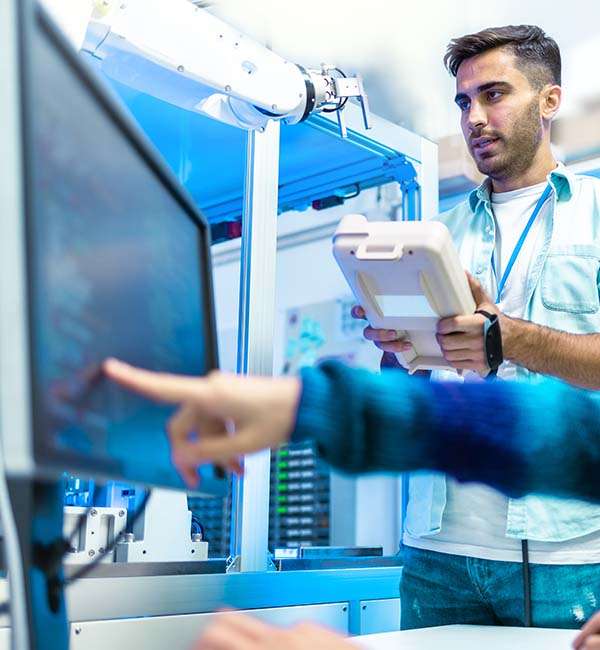
We deliver and develop advanced machine learning solutions to help enterprises solve many key business challenges. Our services help you achieve data-driven decision-making with ML-powered applications.
Delivering best-of-breed
With a heavy focus on R&D as a service, we help companies to bring their brainchild to life by creating a working POC and make it mature enough for the full scale.
- Predictive Analysis
- Deep Learning
- Data Engineering
- Computer Vision
- Natural Language Processing
- Recommender Systems



